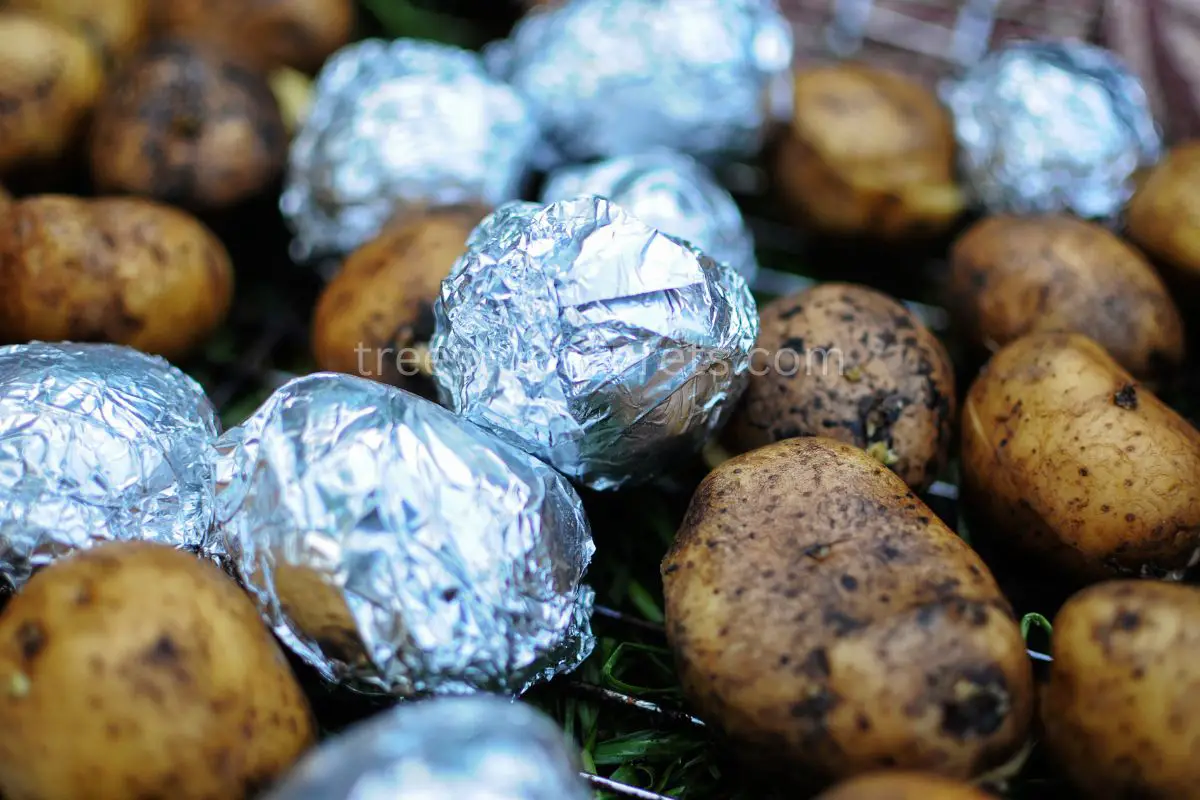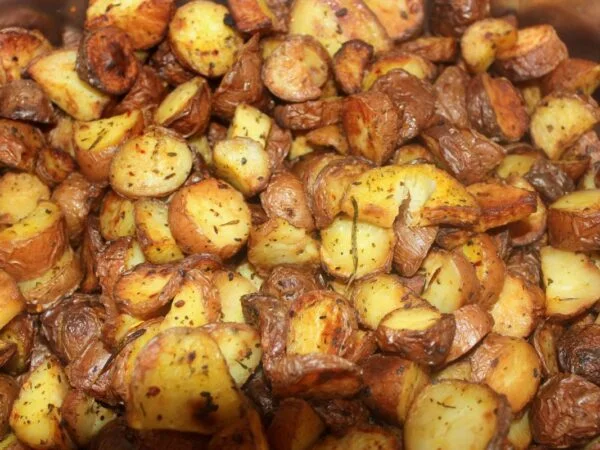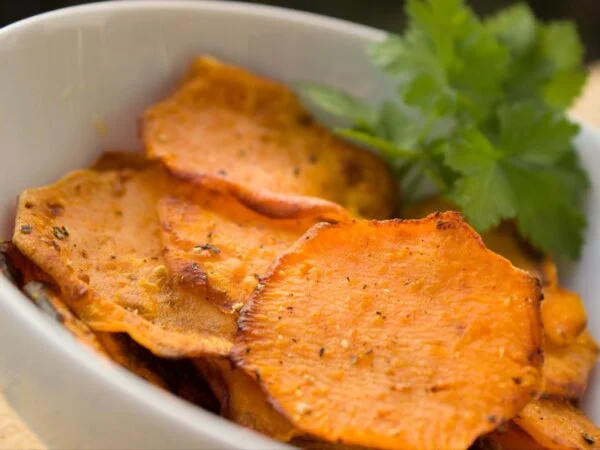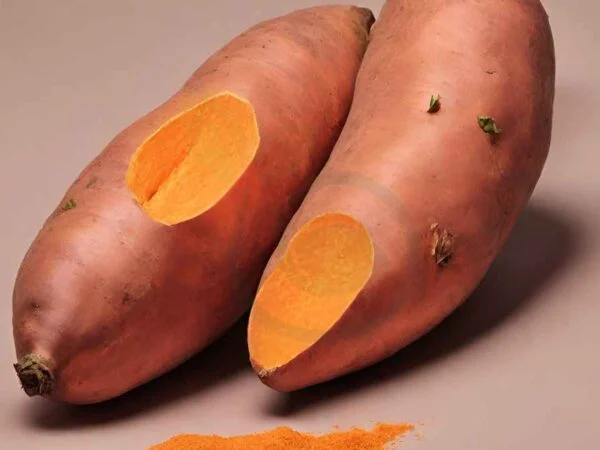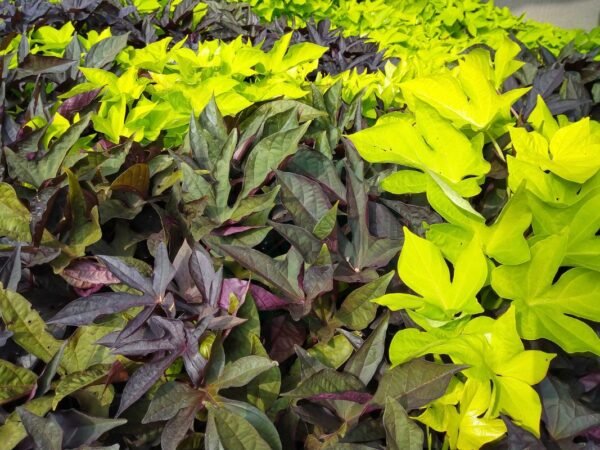Tired of the same old foil-wrapped potatoes? Looking to shake up your potato game? We've got you covered. In this guide, we'll show you how to bake potatoes without using foil. Whether you're out of foil or just prefer a crispy skin, this method will give you perfectly fluffy and flavorful spuds every time.
No need to sacrifice delicious taste for convenience – ditching the foil allows the skin to crisp up beautifully while still locking in that mouthwatering moisture inside. Plus, it's an eco-friendly choice that reduces waste. Get ready to elevate your potato game with this simple yet effective technique using ovens.
Embracing the No-Foil Method
Benefits
Baking potatoes without foil offers several benefits. Firstly, it preserves the nutrients in the potato, as they are not lost to the foil during cooking. This method also results in a crispy skin and fluffy interior, making for a more enjoyable eating experience. This technique is versatile and can be used for various recipes such as loaded baked potatoes or mashed potatoes.
When baking potatoes without foil, you won't need much equipment. A sturdy, rimmed baking sheet is essential for even heat distribution and preventing any potential messes in your oven. To make cleanup easier after baking, line the baking sheet with parchment paper.
Baking Sheet
Using a sturdy, rimmed baking sheet ensures that the potatoes cook evenly and prevents any drippings from causing a mess in your oven. By lining it with parchment paper before placing the potatoes on top of it, you can simplify cleanup afterward.
When preparing to bake without foil, it's crucial not to overcrowd the potatoes on the baking sheet. Overcrowding can lead to uneven cooking and prevent proper air circulation around each potato.
Oven
Preheating your oven is crucial when using the no-foil method to ensure even cooking throughout all of your potatoes. Utilizing both upper and lower racks within your oven promotes consistent heat distribution during cooking.
Frequent opening of the oven door should be avoided while using this method because doing so can cause fluctuations in temperature that may affect how evenly your potatoes cook.
Temperature Settings
Setting your oven temperature to 425°F helps achieve that desirable crispy skin when you're baking potatoes without foil. However, remember to adjust this temperature based on size; smaller potatoes might require slightly lower temperatures than larger ones.
Selecting the Right Potatoes
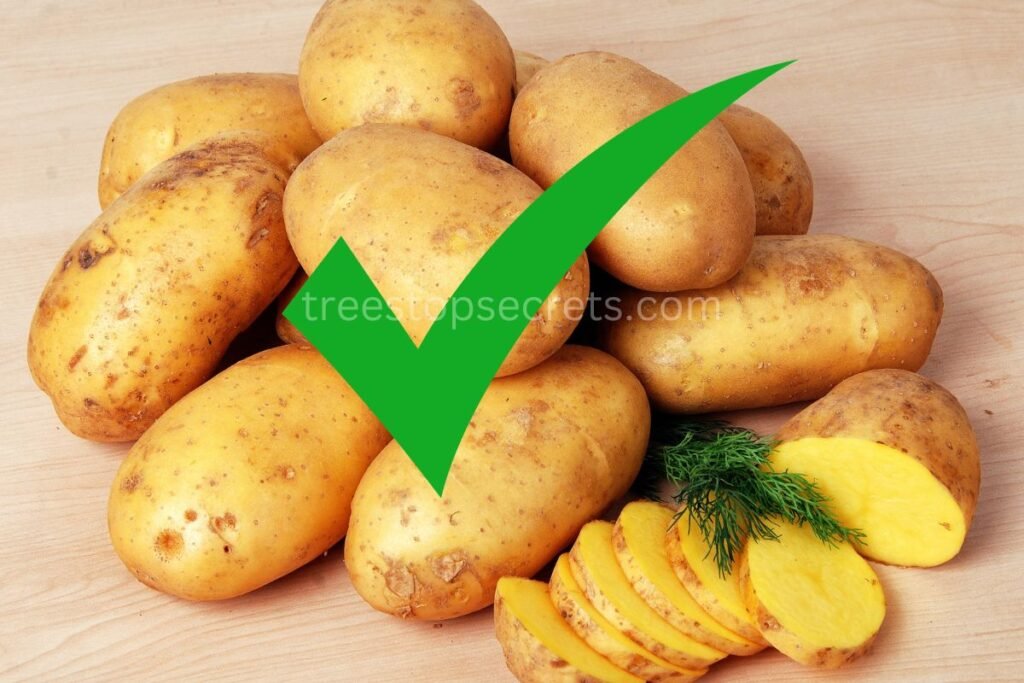
Best Varieties
Choosing the right variety is crucial. Russet potatoes are a popular choice due to their starchy texture, making them fluffy inside when baked. On the other hand, Yukon Gold potatoes offer a creamy and buttery flavor, perfect for those seeking a richer taste. Sweet potatoes provide a delightful sweetness and moistness when baked. Each variety brings its own unique flavors and textures to your dish, so consider the recipe's requirements before making your selection.
In addition to considering the flavor profiles of different potato varieties, it's essential to think about how they will complement your chosen recipe. For example, if you're preparing a classic loaded baked potato with hearty toppings like cheese and bacon bits, Russet potatoes would be an excellent choice due to their fluffy texture that can hold these toppings well.
Size Matters
When opting for the no-foil method of baking potatoes, ensuring that you choose spuds of similar sizes is vital for uniform cooking. This ensures that all the potatoes finish baking at around the same time without some being undercooked while others are overdone.
Moreover, bear in mind that larger-sized potatoes may require longer baking times compared to smaller ones due to their thicker density. Conversely, smaller-sized spuds are ideal if you're short on time or aiming for quicker preparation since they typically bake faster than their larger counterparts.
Skin Texture
The skin plays a significant role in enhancing both texture and flavor when baking potatoes without foil. Crispy skins not only add an enjoyable crunch but also trap in moisture during baking resulting in soft flesh within each bite.
Prioritize proper washing of the potato skins before seasoning or adding any additional ingredients as this enhances their palatability by removing any dirt or debris from them.
Furthermore,seasoningthe skin can significantly elevate its taste profile by infusing flavors directly into it during baking; try using olive oil along with salt and pepper for simple yet deliciously seasoned skins.
Preparing Your Potatoes
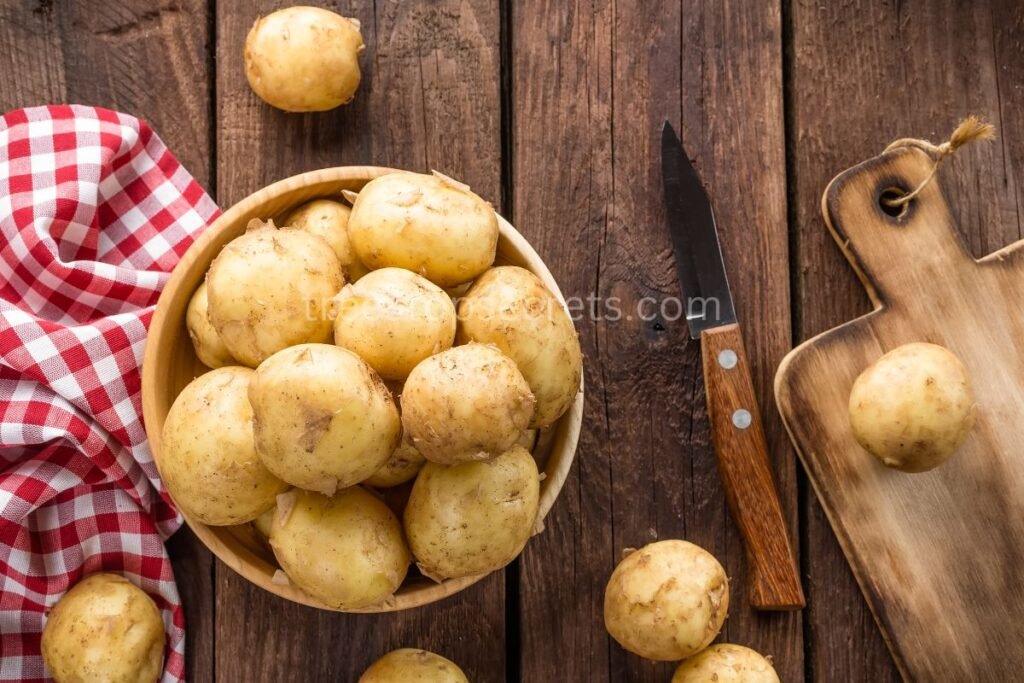
Washing and Drying
Thoroughly scrub the potatoes under running water to remove any dirt or debris from the skin. This step is crucial as it ensures that the potatoes are clean before baking. Once washed, pat them dry with a clean kitchen towel to remove any excess moisture. Dry skins promote better crisping during baking, resulting in deliciously crispy potato skins.
Poking Holes
Why It's Necessary
Poking holes in the potatoes serves multiple purposes. Firstly, it removes any remaining dirt or debris from the skin, ensuring that you're not consuming anything unwanted when you bite into your baked potato. Secondly, poking holes enhances the overall taste and texture of the potato by allowing steam to escape during baking. Lastly, this process reduces the risk of consuming harmful bacteria that may be present on the skin.
Techniques
Using a fork is an effective method. The holes created allow steam to escape while baking, preventing potential explosions due to trapped steam inside the potatoes. Rubbing oil and seasonings onto the skin can enhance its flavor profile significantly. Experimenting with different seasoning blends such as garlic herb or spicy paprika can add variety and depth of flavor to your baked potatoes.
The Perfect Baked Potato Recipe
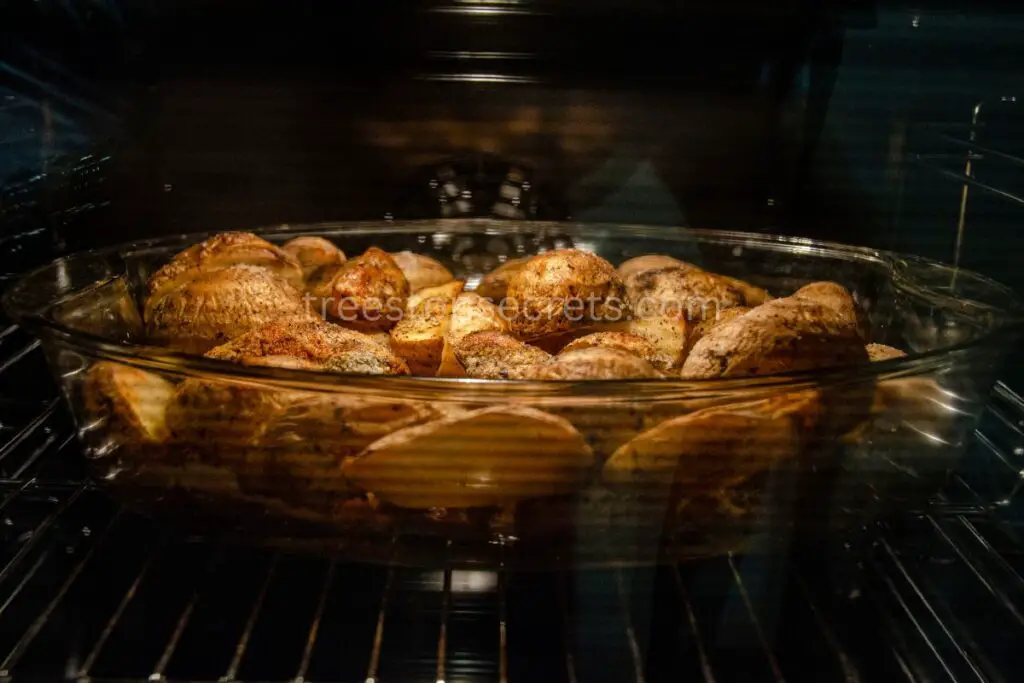
Oven Preparation
The first step is to ensure your oven is ready. Position a rack in the middle of the oven for consistent heat distribution. Preheat the oven while preparing your potatoes, maintaining a temperature of around 400°F (200°C). This initial preparation ensures that your potatoes will cook evenly and thoroughly.
It's important to avoid placing the potatoes directly on the oven rack as this can lead to messy drips and uneven cooking. Instead, use a baking sheet lined with parchment paper or aluminum foil to catch any drips and prevent them from falling onto the oven floor. This simple step makes cleaning up much easier after you've enjoyed your delicious baked potatoes.
Potato Placement
Once your oven is preheated and ready, it's time to prepare your potatoes for baking. Take care not to overcrowd them on the baking sheet; each potato needs space around it for even cooking. Overcrowding can result in some areas being undercooked while others are perfectly done, leading to an inconsistent texture throughout.
Arrange your prepared potatoes in a single layer on the baking sheet. By doing so, you ensure that they all receive equal exposure to heat, resulting in uniformly cooked baked potatoes with crispy skins and fluffy insides. Whether you're making two or ten baked potatoes, arranging them properly guarantees a consistently delightful outcome every time.
Cooking Times and Temperatures
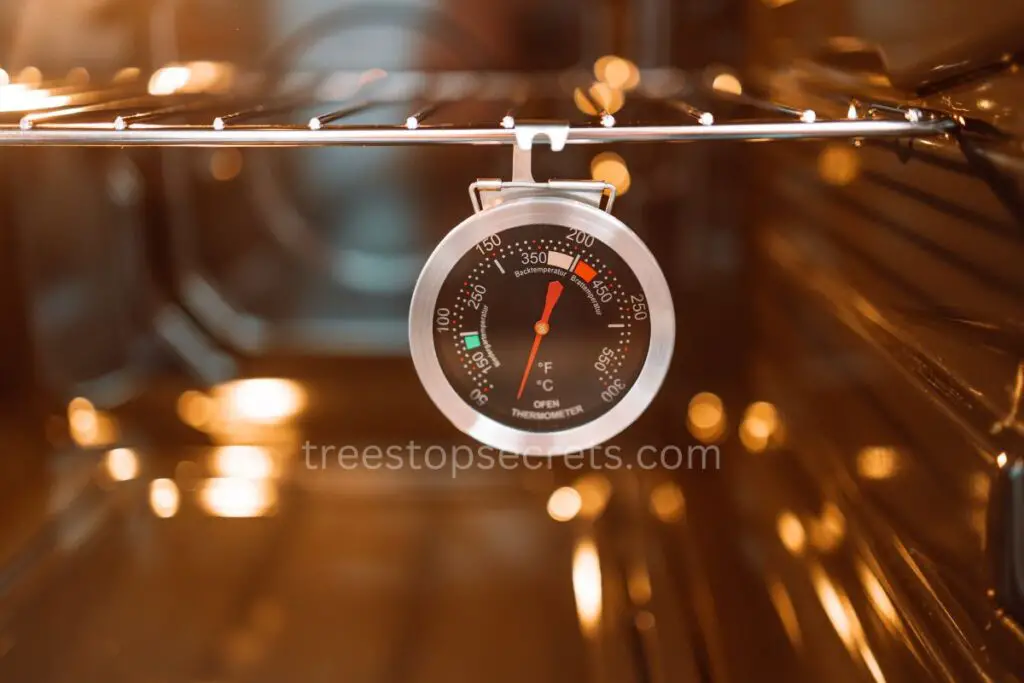
Temperature Guide
When baking potatoes without foil, the cooking time and temperature play a crucial role in achieving the desired texture. For crispy skins, it's best to opt for higher temperatures ranging from 400-425°F. On the other hand, if you prefer softer skins, lower temperatures around 325-375°F would be more suitable.
Higher temperatures yield crispier skins, which are preferred by many individuals as they add a delightful crunch to each bite. Conversely, lower temperatures result in softer skins, providing a more tender eating experience.
Baking Duration
The cooking times when baking potatoes vary based on factors such as potato size and oven temperature. Smaller potatoes generally require around 45-60 minutes at 400°F while larger ones may need up to an hour or slightly longer.
It's essential to monitor doneness throughout the baking process by testing with a fork. When the fork easily pierces through the potato with little resistance, it indicates that they are fully cooked and ready to be served.
Alternative Cooking Methods
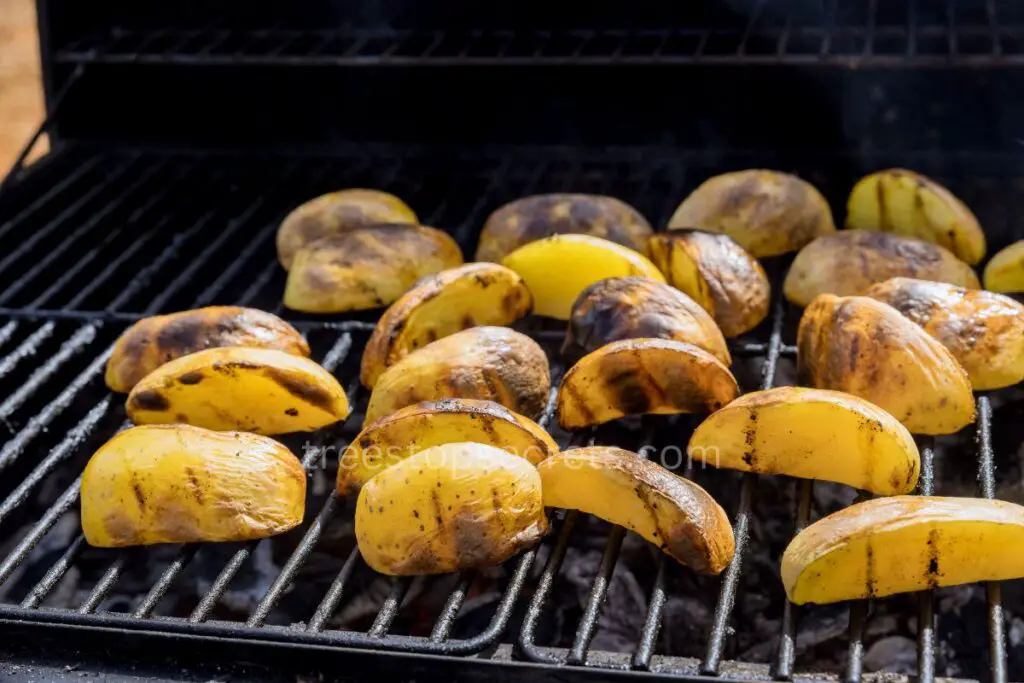
Microwave Method
The microwave method is a time-saving option. By piercing the potatoes with a fork before microwaving, you can prevent them from bursting. This method is perfect for those quick meals or snacks when time is of the essence.
Microwaving offers a swift alternative to traditional baking, taking just minutes instead of over an hour in the oven. It's as simple as washing and drying the potatoes, pricking them all over with a fork, then placing them on a microwave-safe plate and cooking on high power until they're tender.
Instant Pot Technique
Another efficient way to bake potatoes without foil is by utilizing an Instant Pot. This kitchen appliance provides speedy potato preparation while ensuring even cooking throughout. Following manufacturer instructions for best results is crucial when using this method.
The Instant Pot cuts down on cooking time significantly compared to conventional methods such as baking in the oven. After scrubbing and poking holes in the potatoes, simply add water to your Instant Pot, place a trivet inside, arrange the prepared potatoes on top of it, seal the pot, set it to cook at high pressure for about 12-15 minutes (depending on size), then perform a quick release once done.
Air Fryer Approach
For those who prefer crispy-skinned potatoes without foil, using an air fryer presents an excellent alternative. The air fryer cooks food quickly due to its compact space and intense heat circulation technology. Lightly coating your washed and dried potatoes with oil before air frying will help achieve that desired crunchy texture.
Air frying provides not only speed but also health benefits by requiring less oil than deep-frying while still delivering similar crispiness and flavor profiles. To ensure even cooking, shake or turn your potatoes halfway through their air-frying cycle since cooking times may vary based on size and quantity.
Tasty Toppings and Pairings
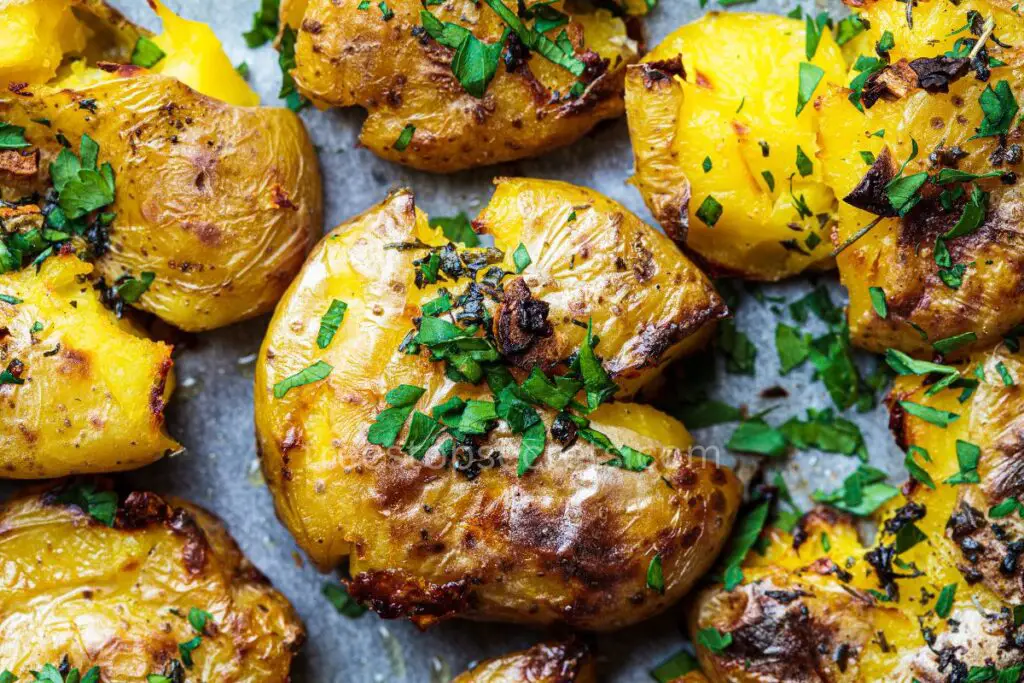
Classic Toppings
The toppings play a crucial role in enhancing the flavor. Sour cream, chives, and bacon bits are classic choices that never fail to please. cheese, butter, and green onions also make for delightful accompaniments. The beauty of baked potatoes lies in their versatility; you can customize the toppings based on your personal preferences.
For example:
- A dollop of sour cream paired with crispy bacon bits creates a creamy and savory combination.
- Melted cheese with a generous sprinkle of green onions adds a rich and flavorful touch to the fluffy potato.
Creative Ideas
If you're feeling adventurous, consider experimenting with more unique toppings such as salsa or guacamole. These unconventional options bring an exciting twist to the traditional baked potato experience. Furthermore, incorporating leftover proteins like chili or pulled pork as toppings not only reduces food waste but also introduces new flavors and textures.
For instance:
- Tangy salsa combined with creamy avocado-based guacamole offers a refreshing burst of flavors.
- Leftover chili piled high on a fluffy baked potato creates a hearty and satisfying meal.
Main Dish Combinations
Pairing baked potatoes with other dishes elevates them from side status to main event. They complement robust flavors beautifully when served alongside items such as grilled steak or roasted vegetables. Moreover, they serve as an excellent accompaniment to hearty soups or stews.
For instance:
- Grilled Steak: The simplicity of a perfectly baked potato harmonizes wonderfully with the boldness of a juicy grilled steak.
- Roasted Vegetables: Baked potatoes provide an ideal canvas for showcasing vibrant roasted vegetables' natural sweetness.
- Hearty Soups/Stews: Their comforting warmth makes them an ideal partner for heartier main dishes like soups or stews.
The Nutritional Profile of Baked Potatoes
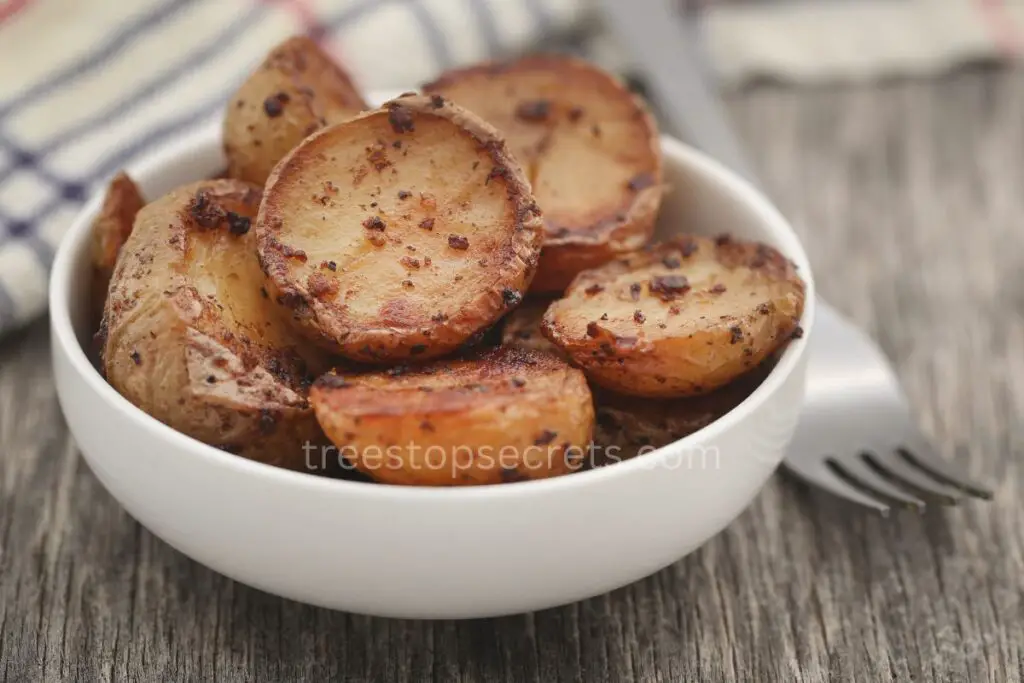
Macronutrients
Baked potatoes are a fantastic source of carbohydrates and fiber. These nutrients provide the essential energy needed for daily activities, making baked potatoes a great option for a filling meal or snack. When prepared without excessive toppings like butter or sour cream, they are naturally low in fat, which is beneficial for maintaining a healthy diet. By baking potatoes without foil and opting for healthier toppings like salsa or Greek yogurt, you can further enhance their nutritional value.
Baked potatoes contain valuable amounts of carbohydrates, supplying the body with the energy it needs to function throughout the day. They are rich in fiber, promoting digestive health and providing a sense of fullness that can help with weight management. For those looking to maintain stable blood sugar levels, the carbohydrates in baked potatoes release glucose slowly into the bloodstream, preventing rapid spikes and crashes.
Micronutrients
Potatoes boast an array of essential micronutrients, including vitamin C, potassium, and various B vitamins such as niacin (vitamin B3) and pyridoxine (vitamin B6). Vitamin C supports immune function and skin health while also acting as an antioxidant that helps combat oxidative stress within the body. Meanwhile, potassium plays a crucial role in maintaining healthy blood pressure levels and supporting proper muscle function.
Different types of potatoes offer diverse micronutrient profiles; for instance:
- Sweet potatoes are high in beta-carotene (a precursor to vitamin A), which is beneficial for eye health.
- Russet potatoes provide significant amounts of vitamin C compared to other varieties.
- Purple potatoes contain anthocyanins—a type of antioxidant linked to various health benefits.
Expert Tips for the Perfect Outcome

Texture Tricks
Altering baking times can achieve different textures. For a crispier skin, bake at a higher temperature for longer. If you prefer fluffy interiors, opt for a lower temperature and longer cooking time. Varying textures add depth to the overall eating experience, making each bite more interesting.
For example, if you're craving crispy potato skins that contrast well with fluffy interiors, try baking them at 400°F (204°C) for about an hour. On the other hand, if you want a softer texture throughout, consider baking them at 350°F (177°C) for around 1 hour and 15 minutes.
Flavor Enhancements
Incorporating aromatic herbs like rosemary or thyme into your seasoning mix can elevate the flavor profile of your baked potatoes significantly. The addition of these herbs not only adds freshness but also infuses the potatoes with delightful earthy notes.
Moreover, spices such as garlic powder, paprika, or cayenne pepper can contribute to creating rich and complex flavors in your baked potatoes. These seasonings provide depth of flavor that complements the natural taste of the potato itself.
If you're looking for unique flavor enhancements next time you bake potatoes without foil, consider adding lemon zest or grated Parmesan cheese to your seasoning blend. The zesty citrus notes from lemon zest or nutty richness from Parmesan cheese will take your baked potatoes to new heights in terms of taste and aroma.
Final Remarks
You've now mastered the art of baking potatoes without foil. Embracing this method not only reduces your exposure to potentially harmful chemicals but also enhances the potato's natural flavor. Remember, the key lies in selecting the right potatoes, preparing them thoughtfully, and experimenting with different cooking methods and toppings to suit your taste. So, ditch the foil and let your creativity shine through in the kitchen!
Now, it's time to put your newfound knowledge to the test. Head to the kitchen, grab your favorite spuds, and start creating your perfect baked potato masterpiece. Whether you opt for classic toppings or innovative flavor combinations, enjoy the process of crafting a dish that's not only delicious but also healthier for you and the environment.
Frequently Asked Questions
How does the no-foil method affect the taste and texture of baked potatoes?
The no-foil method allows the potato skin to become delightfully crispy, while the inside remains fluffy. This creates a perfect contrast in textures, making each bite more enjoyable.
What are some alternative cooking methods for baking potatoes without foil?
You can try using a microwave or an air fryer as alternative cooking methods for baking potatoes without foil. These methods can help you achieve similar results with varying cooking times.
Are there specific types of potatoes that work best for baking without foil?
Yes, russet or Idaho potatoes are ideal due to their high starch content. Their fluffy interior and sturdy skin make them perfect candidates for baking without foil.
Can you provide some expert tips for achieving the perfect outcome when baking potatoes without foil?
To ensure success, scrub your potatoes thoroughly before seasoning and puncturing them with a fork. Placing them directly on the oven rack will allow heat to circulate evenly around each potato.
What nutritional benefits do baked potatoes offer compared to other cooking methods?
Baking preserves more nutrients than boiling because it doesn't leach out vitamins into water. Plus, consuming the nutrient-rich skin adds extra fiber and potassium to your diet.
Image Source: Paid image from CANVA

